6 Ways You Can Be More Eco-Friendly Right This Second
It's 2019! Let's make good choices!
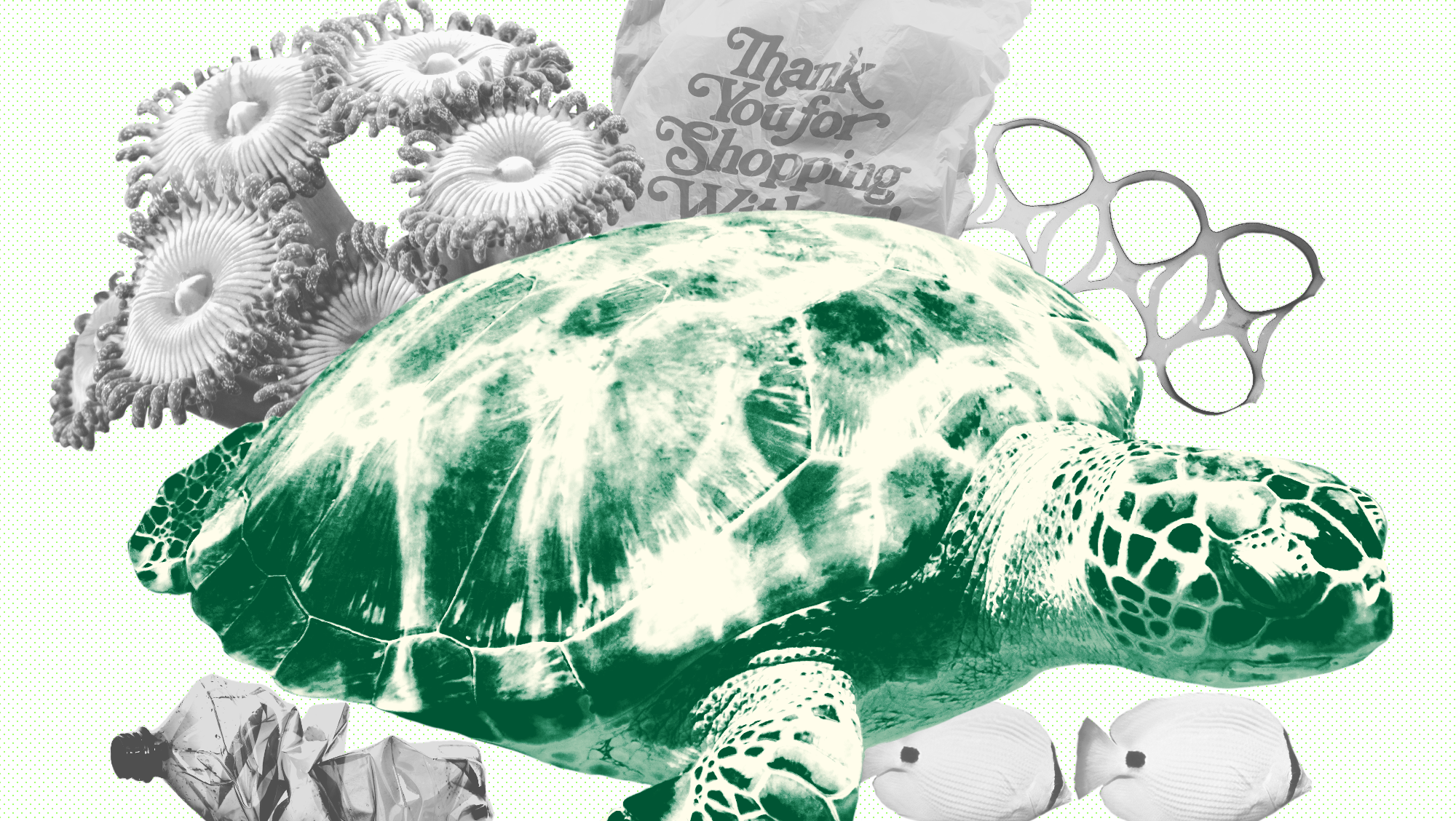
Eat more vegetables.Buy less stuff in general.Unplug your devices.
First things first: Don’t panic. Take a deep breath. You already know that climate change is happening, and you also know that if we want to save the planet, we’re all going to have to make changes in the ways we live our lives. If this story was just about looming disaster and climate doom, you’d probably want to stop reading. I don’t blame you: Being told that the world is going to end unless we do something, like, yesterday is not only extremely painful but also largely untrue.
There is time to turn things around, and while voting people with environmentally responsible policies into office is a huge part of how that will happen, changing our own habits—even in small ways—not only makes a difference, but gives those candidates extra incentive to run in the first place. Stories that try to guilt or scare us into making more eco-friendly choices just don’t work. In fact, they just convince us that there’s nothing to be done at all, which is climate change denial by any other name.
Instead, let’s think about the things we can do in our everyday lives that could make a big difference. Not only is focusing on these a relaxing meditation, but actually doing them is surprisingly easy. And while reducing your own personal impact on the environment may seem like a drop in the ocean, if every Marie Claire reader just made a few different choices throughout their day, we could have a huge positive impact on the planet.
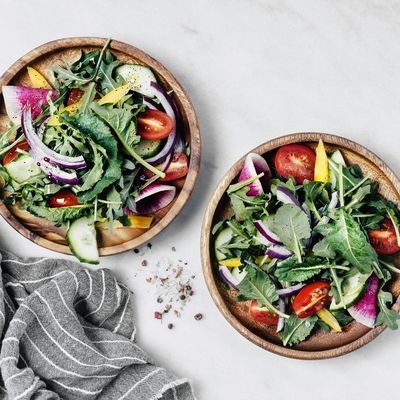
That’s really the point: It’s not about turning into a different person overnight, but about understanding the choices you’re making all the time—and then making them greener.
With that in mind, here are six simple, extremely straightforward ways to decrease your carbon footprint immediately. Let’s resolve to make 2019 our greenest year ever.
Eat more vegetables.
Ugh, I know. But! Not only is it good for you, but eating less meat (or, ideally, no meat) is extremely good for the environment. Sure, going vegan is the most surefire way to decrease your carbon footprint—60 percent of agriculture’s massive greenhouse gas emissions come from meat and dairy, and the sheer amount of livestock on the planet contributes to species die-offs. But turns out, it’s not always realistic to say, “Hi, stop eating all the things your government and culture have incentivized you to eat for your entire life right this instant.” Go figure. Instead, make better choices. Beef and lamb are the two most polluting meats, so try to replace them in your diet when you can.
Stay In The Know
Get exclusive access to fashion and beauty trends, hot-off-the-press celebrity news, and more.
RELATED STORY

I went vegetarian a few months ago, and it occurred to me that I would have done it a lot sooner had someone told me how truly easy it was. In fact, I went from literally declaring that vegetables were my nemesis (it’s true, I said this!) to eating almost exclusively vegetables in the course of a year and a half. I just made different choices, and then I kept making them, and now it’s so natural that it doesn’t even feel like I’m making a choice. I just...do it. And I’m an unprincipled garbage monster, so if I can do it, you can do it too.
And the impact would be great if we did! According to the Washington Post, if you traded in a steak for a meal where the protein came from beans instead just once a week for a year, you’d get 331 kilograms of CO2 out of the atmosphere. That’s the equivalent of not burning 38 gallons of gas, just for one meal a week for a year.
If you want to go vegan or vegetarian, that’s freaking awesome. But we can all help the planet by looking at every meal as an environmental choice, and making a good choice whenever possible.
Easy. Done. What else can we do?
Cut back on how much disposable stuff you use.
Without realizing it, there are a bunch of things we use every day that will end up creating a ton of plastic waste. Have you seen what plastic waste does to baby sea turtles? Don’t Google it unless you love depression, but trust me: We should immediately stop adding more plastic crap into the world.
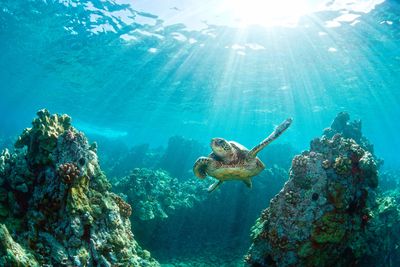
Fortunately, the options for reusable necessities have never been better. Instead of buying disposable razors, buy ones that come with refillable blades. The cost is basically the same, and it prevents a lot more waste.
Up your enviable tote bag game so you don’t have to use plastic bags at the grocery store. Use a reusable coffee filter instead of paper ones and you’ll decrease your waste even more. And if you went a step further and composted the grounds, you'd probably get to star in an upcoming Marvel film about climate superheroes.
And I cannot recommend buying reusable utensils enough. At the Marie Claire offices a few months ago, I found that all of my coworkers and I were using plastic utensils from the places we got lunch and then throwing them away after we were done. At that rate, we were throwing away hundreds of plastic forks, knives, and straws every month. So because I am very annoying, I got all of us reusable utensils as holiday presents (here’s the kind I use). They’re cheap, come in cute carrying cases, and they’ll make you feel good every time you eat your desk salad. (Editor's note—this has been life-changing for me. Co-sign.)
Then, use the extra 20 seconds you saved not getting plastic utensils from the salad place to ponder the issue even further: What else do you use each day that could be swapped for a more sustainable option?
Of course, after you’re done buying those sustainable items...
Buy less stuff in general.
I’m pretty sure Marie Kondo will be a direct contributor to the U.S.’s decreased carbon footprint in the year 2019. The professional organizer’s new Netflix show demonstrates her KonMari method of only keeping things that bring you joy—and it also has some seriously environmentally-friendly consequences.
Say you see something online that you really like. Think about whether or not you really need it. Think about the packaging it will come in and the route it will take to get to your house. What materials go into making it and getting it to you? A lot of the time, these less obvious factors rack up a big carbon footprint.
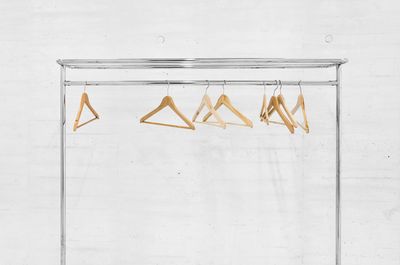
New Dream is an organization dedicated to making people really think about the impact of their nonessential purchases, and is a great resource for finding out how much waste you might be accidentally putting into the environment.
The things that matter most usually aren’t things at all, so as you’re determining what items bring you joy and how you can live more minimally, remember that you’re also helping the environment by buying less stuff.
Win-win. Marie Kondo for Nobel Peace Prize recipient. (That’s not a joke.)
Make responsible fashion choices.
Another upside to everyone going all Marie Kondo on their shit this year? Vintage stores are going to be chock full of awesome clothes. While fast-fashion can be fun and addictive, much of it is also responsible for a not insignificant amount of environmental degradation, from the ways it’s produced to the chemicals used in dyeing and processing it.
So, rather than immediately running to the mall for your 2019 wardrobe, try to invest in pieces from brands that aim for environmental responsibility, like Eileen Fisher and Everlane. H&M; is even getting into the environmental responsibility game with its Conscious Collection, made of organic and sustainable materials.

Remember, where you spend your money is one of the most powerful political statements you can make. By showing that you’ll pay for brands that take environmental concerns seriously, you’re setting an example that other companies can follow.
Drive and fly less, walk and bike more.
Cars are one of the main reasons that, of every nation on Earth, the U.S. has one of the highest carbon footprints per capita. And we actually did worse last year, increasing our energy-related total carbon emission by 3.4 percent. Yikes, fam! That is not great!
We need to think about the ways we can minimize this number by looking at our own habits. And the big habit that does a whole lot of damage? Driving.
I understand that not everyone can afford a bike, or is physically able to bike places—that only makes it more important for those of us who can to do so. One easy way to make this a resolution is to wrap it into one of the most common new year’s resolutions: Getting in shape. Decide that you’re going to walk or bike anywhere within two miles of your home. Free gym!
For longer trips, try to take public transportation. Set up a carpool with your friends and coworkers. Even Lyft recently announced that it would be carbon neutral, thanks to its program of buying carbon offsets for its drives.
Drive and fly less, walk and bike more.
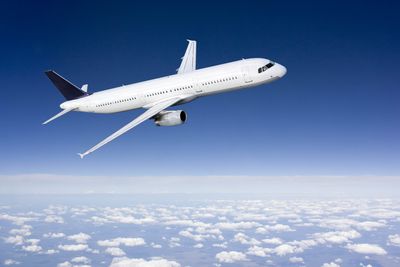
And whatever you do, try to fly less: Flying is bad news for the environment. If you must fly, try to offset the cost whenever possible. In fact, your flight may already be doing it for you—under a UN agreement, all international flights starting in 2021 have to donate carbon offsets and some are already buying the offsets for your flights without you even knowing it. Of course, you can buy carbon offsets as an individual too, by donating to organizations that plant trees or that work on distributing environmentally-friendly energy solutions to people in need. (Wired has a good explainer and some options for where your money can go to make your trip a little more guilt-free.)
Again, think about your choices when it comes to how you get from one place to another. Then make better ones. Super easy, right?
Unplug your devices.
This one is the easiest of all. A lot of appliances and gadgets use electricity even when they’re turned off—something called “vampire electricity,” which is an extremely cool name for something that’s needlessly harmful to the environment.
Look at any of the products you use that have that boxy little transformer on their plug—I’m talking TVs, cell phones, your fancy toothbrush. That transformer is constantly drawing energy, whether or not you’re using the thing in question, and then wasting 3/4ths of that energy. Before you leave the house, unplug those things! It’s better for the environment and will actually cut back on how much money you’re spending on energy every month.
Funny how many of these are win-wins, right?
There are a lot of other things you can do every day, in more elaborate ways, to reduce your footprint. Here’s a big list from Carbon Offsets to Alleviate Poverty. But the six things above are things you can do literally right this moment. So do them! You’ll be glad you did.
For more celebrity news, beauty and fashion advice, savvy political commentary, and fascinating features, sign up for the Marie Claire newsletter.
RELATED STORIES


Cady has been a writer and editor in Brooklyn for about 10 years. While her earlier career focused primarily on culture and music, her stories—both those she edited and those she wrote—over the last few years have tended to focus on environmentalism, reproductive rights, and feminist issues. She primarily contributes as a freelancer journalist on these subjects while pursuing her degrees. She held staff positions working in both print and online media, at Rolling Stone and Newsweek, and continued this work as a senior editor, first at Glamour until 2018, and then at Marie Claire magazine. She received her Master's in Environmental Conservation Education at New York University in 2021, and is now working toward her JF and Environmental Law Certificate at Elisabeth Haub School of Law in White Plains.
-
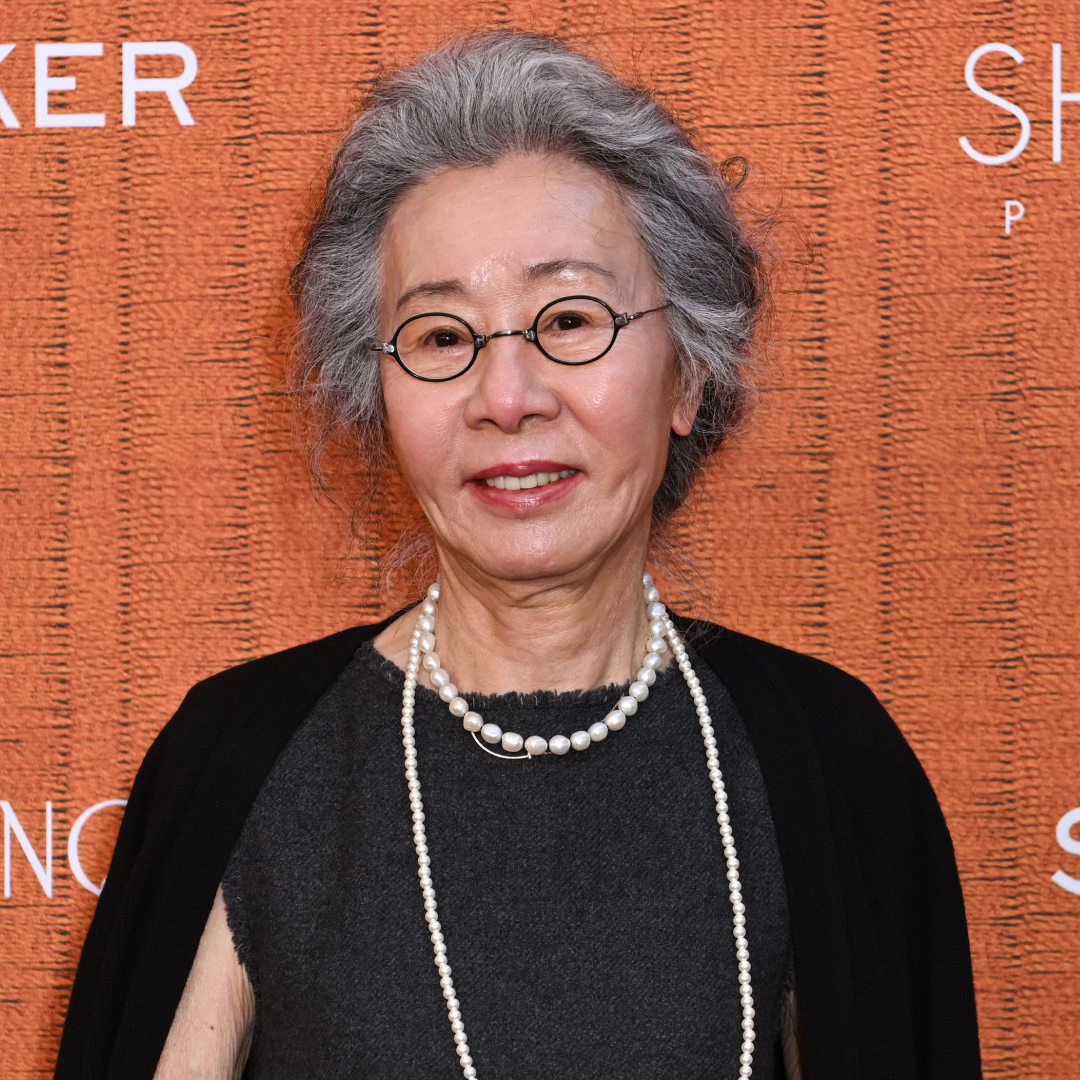 Youn Yuh-Jung Didn't Want to Make Another American Movie—Then Came 'The Wedding Banquet'
Youn Yuh-Jung Didn't Want to Make Another American Movie—Then Came 'The Wedding Banquet'The Oscar winner shares why the LGBTQ+ rom-com hit close to home and the message she hopes it sends to ''conservative'' Koreans.
By Quinci LeGardye
-
 The 17 On-Sale Beauty Finds I’m Stocking Up on Ahead of Summer
The 17 On-Sale Beauty Finds I’m Stocking Up on Ahead of SummerFrom glowy blushes to the all-time best sunscreen.
By Brooke Knappenberger
-
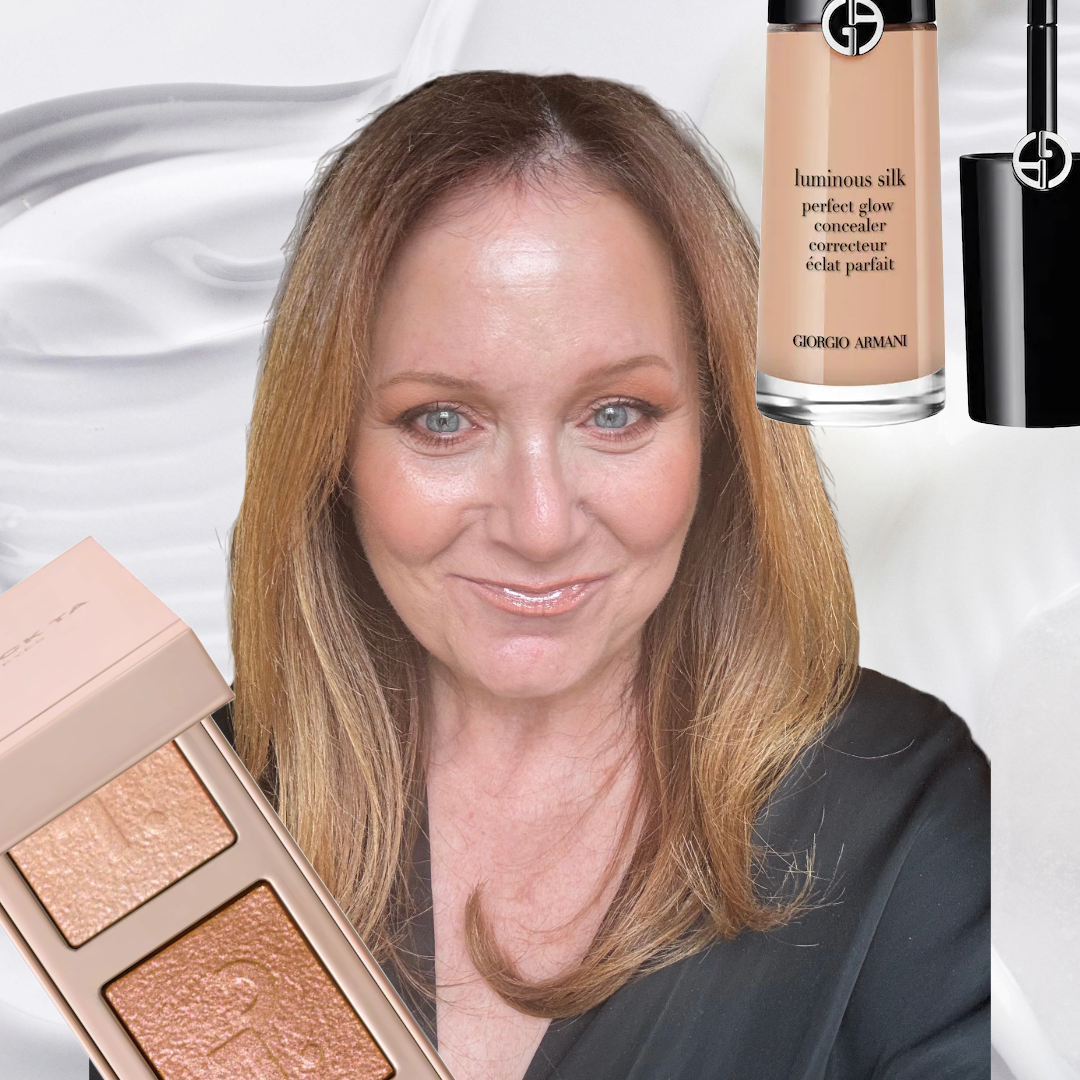 My Incredibly Picky Mom Told Me Every Beauty Product She Wants for Mother's Day
My Incredibly Picky Mom Told Me Every Beauty Product She Wants for Mother's DayShopping made easy.
By Samantha Holender
-
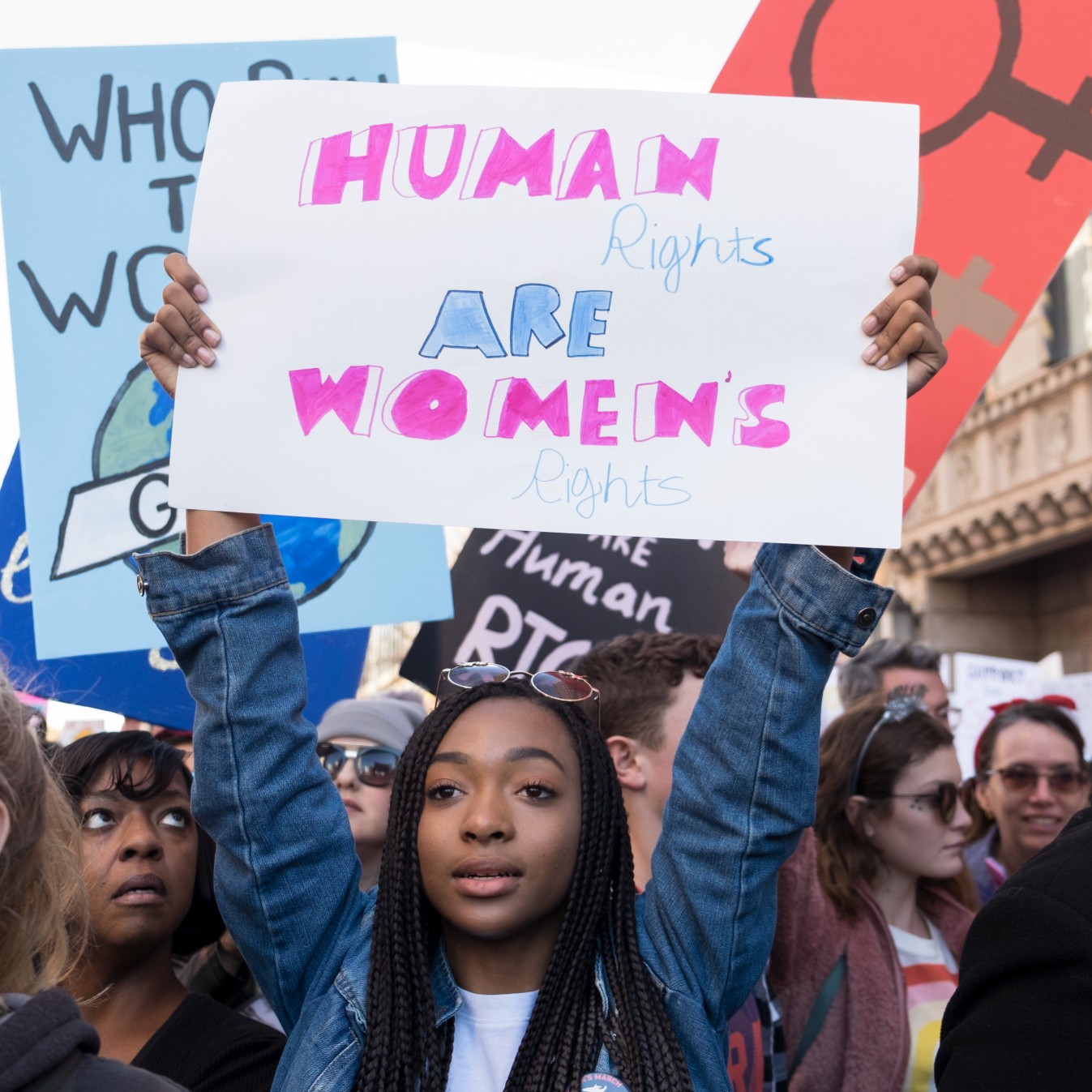 36 Ways Women Still Aren't Equal to Men
36 Ways Women Still Aren't Equal to MenFeatures It's just one of the many ways women still aren't equal to men.
By Brooke Knappenberger
-
 How New York's First Female Governor Plans to Fight for Women If Reelected
How New York's First Female Governor Plans to Fight for Women If ReelectedKathy Hochul twice came to power because men resigned amid sexual harassment scandals. Here, how she's leading differently.
By Emily Tisch Sussman
-
 Why the 2022 Midterm Elections Are So Critical
Why the 2022 Midterm Elections Are So CriticalAs we blaze through a highly charged midterm election season, Swing Left Executive Director Yasmin Radjy highlights rising stars who are fighting for women’s rights.
By Tanya Benedicto Klich
-
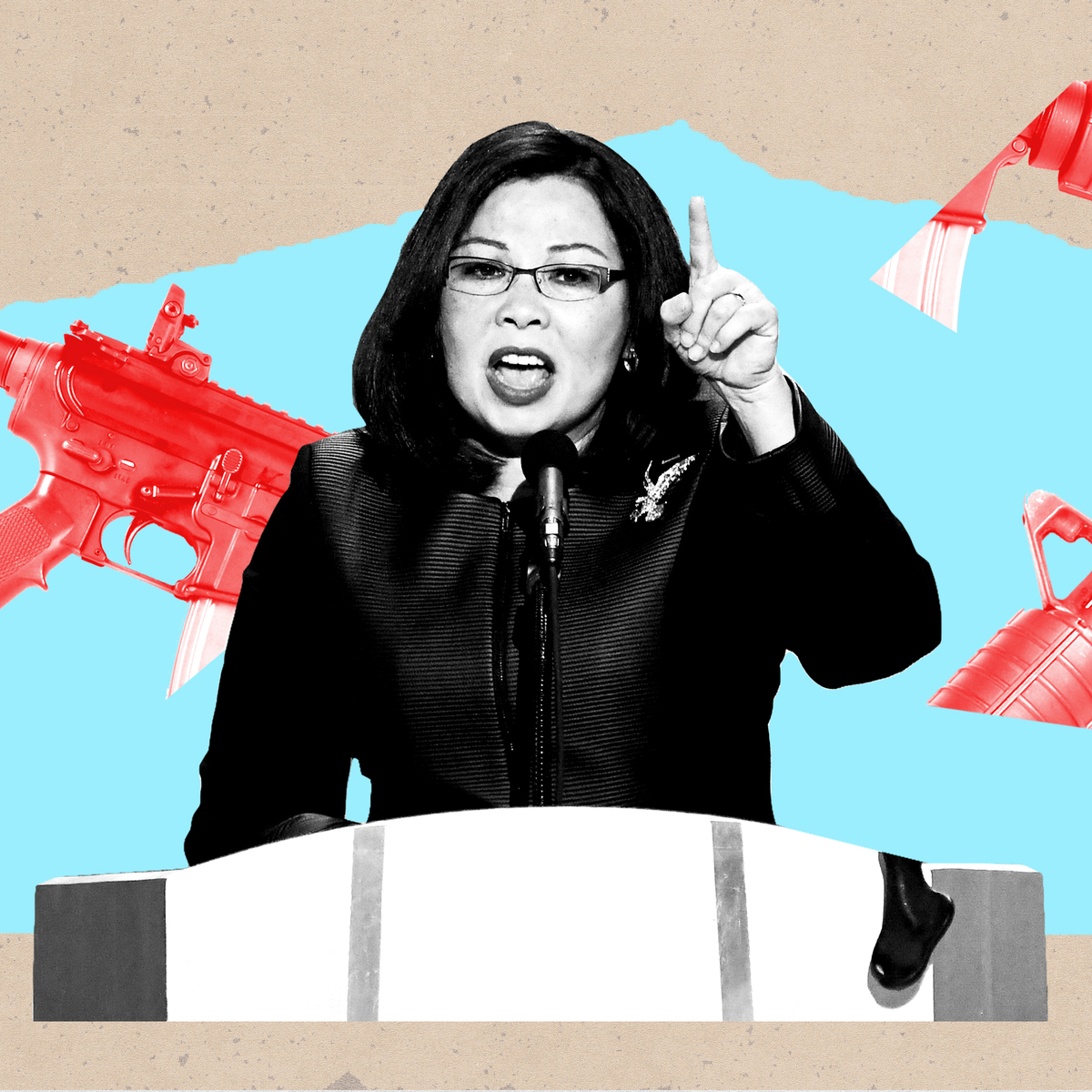 Tammy Duckworth: 'I’m Mad as Hell' About the Lack of Federal Action on Gun Safety
Tammy Duckworth: 'I’m Mad as Hell' About the Lack of Federal Action on Gun SafetyThe Illinois Senator won't let the memory of the Highland Park shooting just fade away.
By Sen. Tammy Duckworth
-
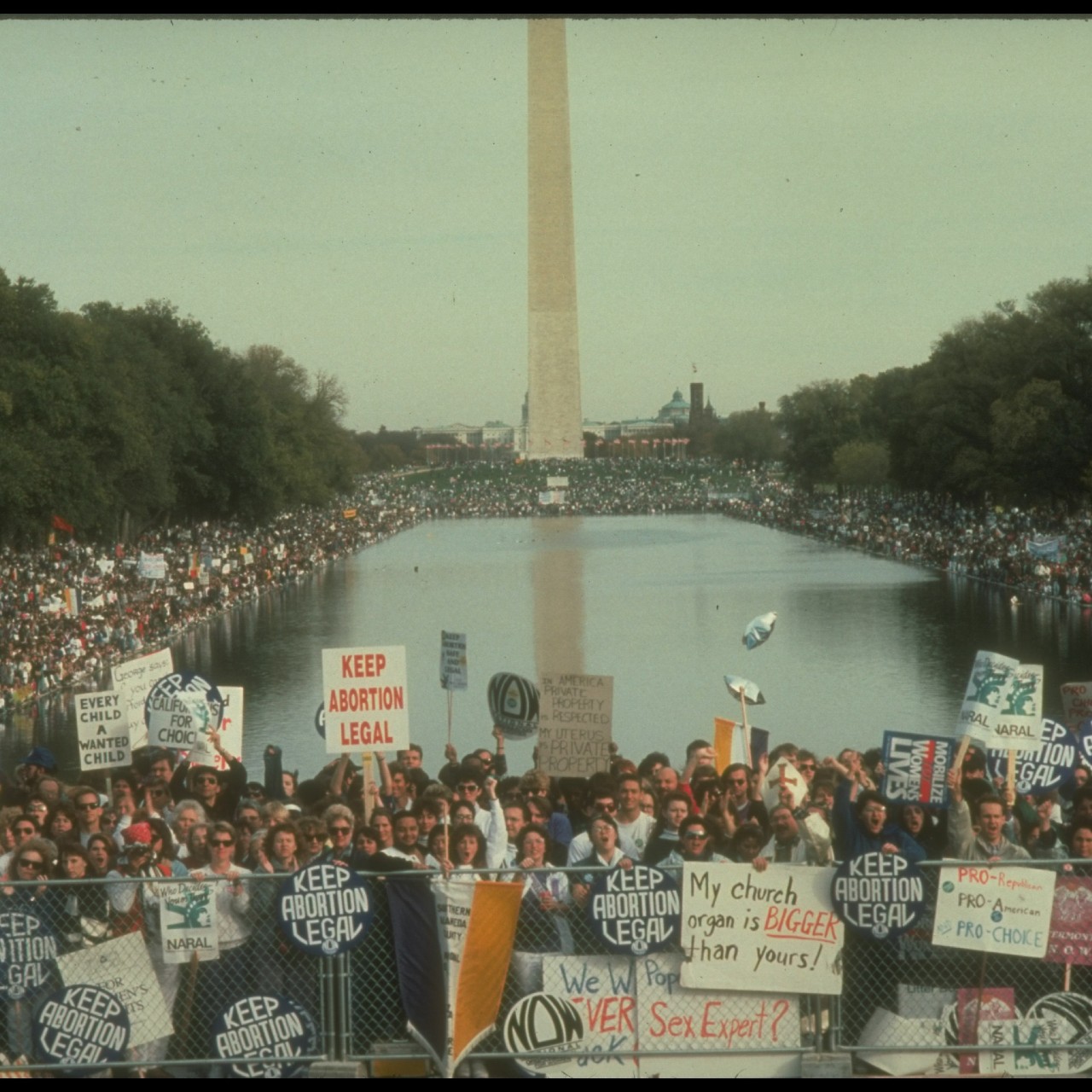 Roe Is Gone. We Have to Keep Fighting.
Roe Is Gone. We Have to Keep Fighting.How To Democracy always offers a path forward even when we feel thrust into the past.
By Beth Silvers and Sarah Stewart Holland, hosts of Pantsuit Politics Podcast
-
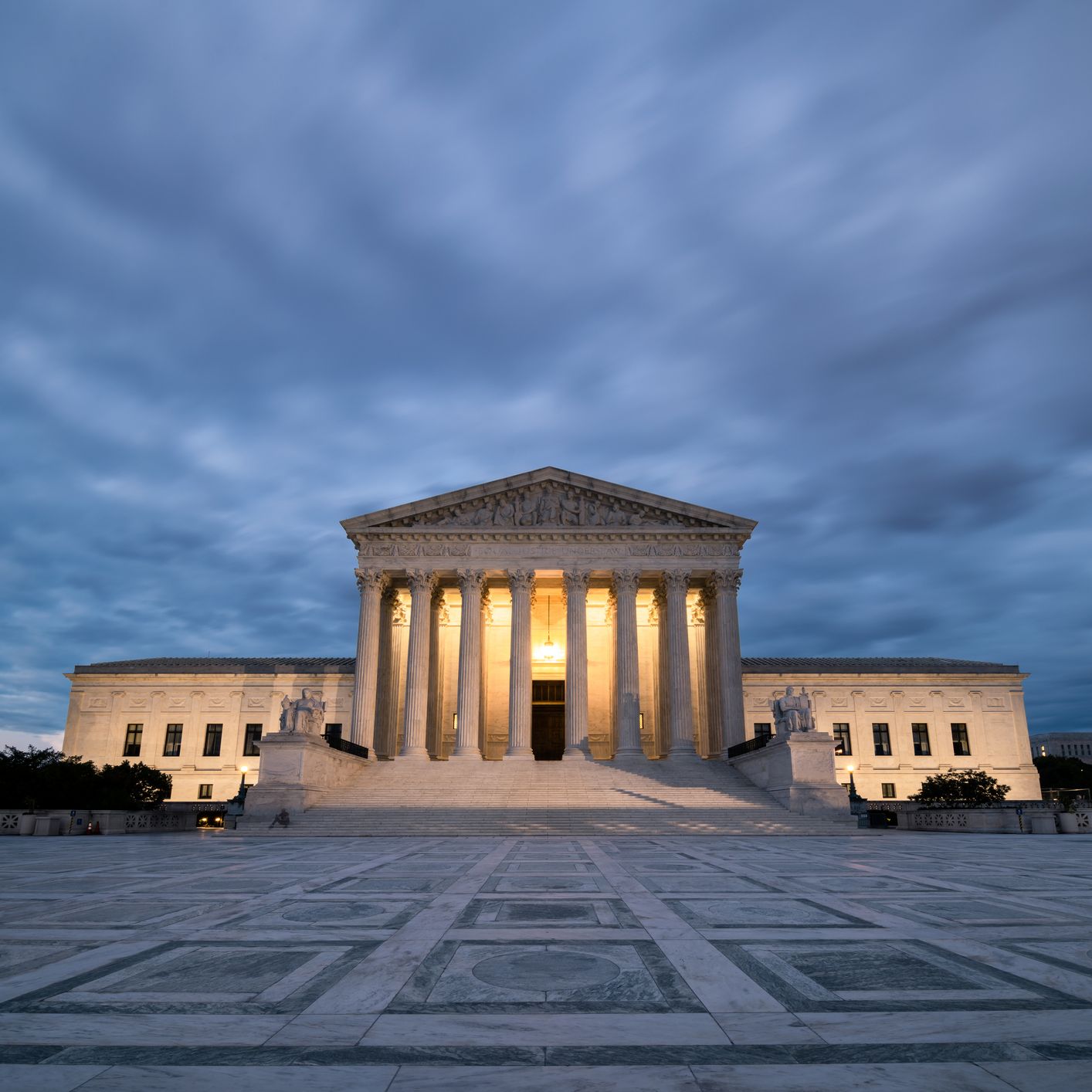 The Supreme Court's Mississippi Abortion Rights Case: What to Know
The Supreme Court's Mississippi Abortion Rights Case: What to KnowThe case could threaten Roe v. Wade.
By Megan DiTrolio
-
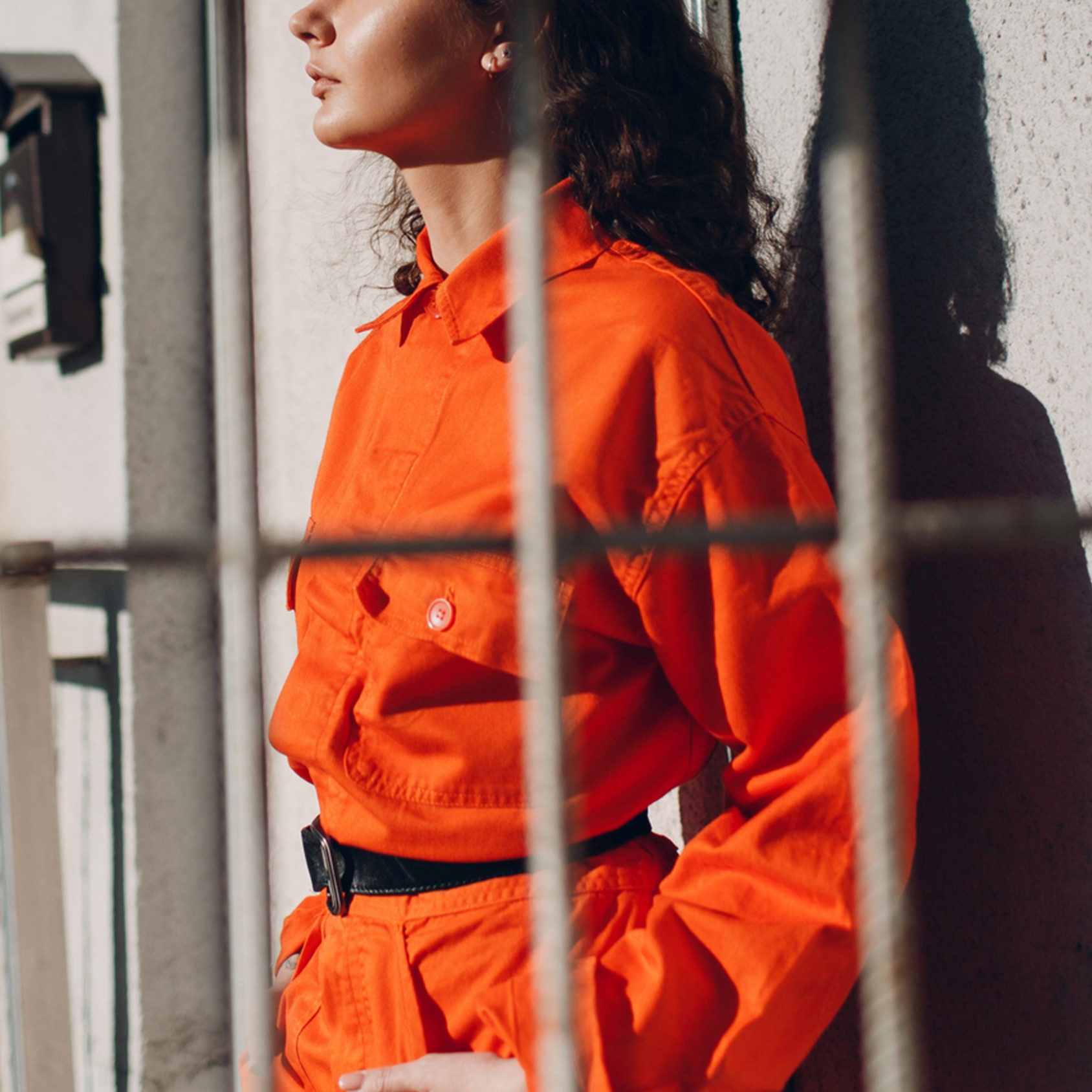 Sex Trafficking Victims Are Being Punished. A New Law Could Change That.
Sex Trafficking Victims Are Being Punished. A New Law Could Change That.Victims of sexual abuse are quietly criminalized. Sara's Law protects kids that fight back.
By Dr. Devin J. Buckley and Erin Regan
-
 My Family and I Live in Navajo Nation. We Don't Have Access to Clean Running Water
My Family and I Live in Navajo Nation. We Don't Have Access to Clean Running Water"They say that the United States is one of the wealthiest countries in the world. Why are citizens still living with no access to clean water?"
By Amanda L. As Told To Rachel Epstein
